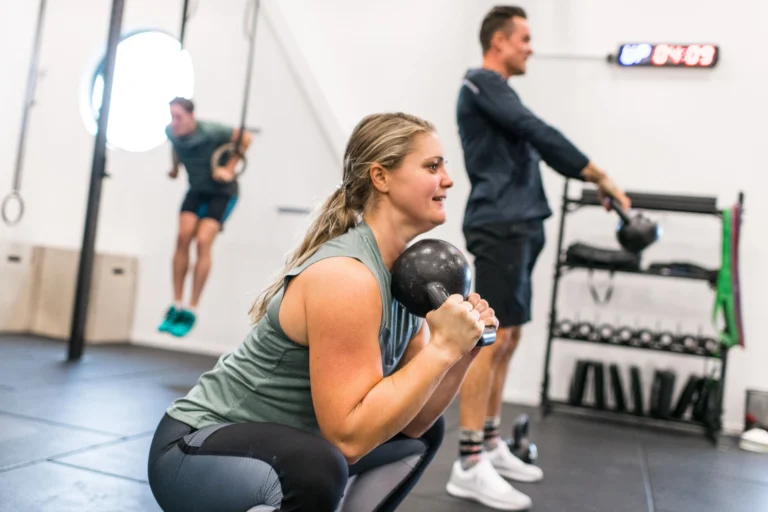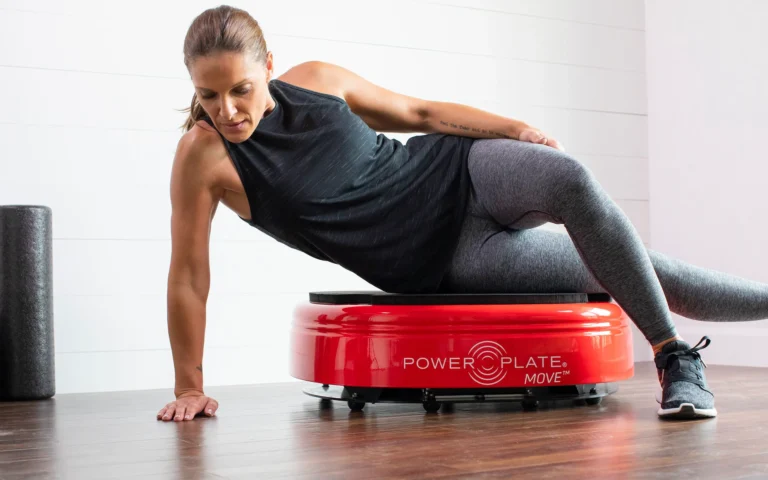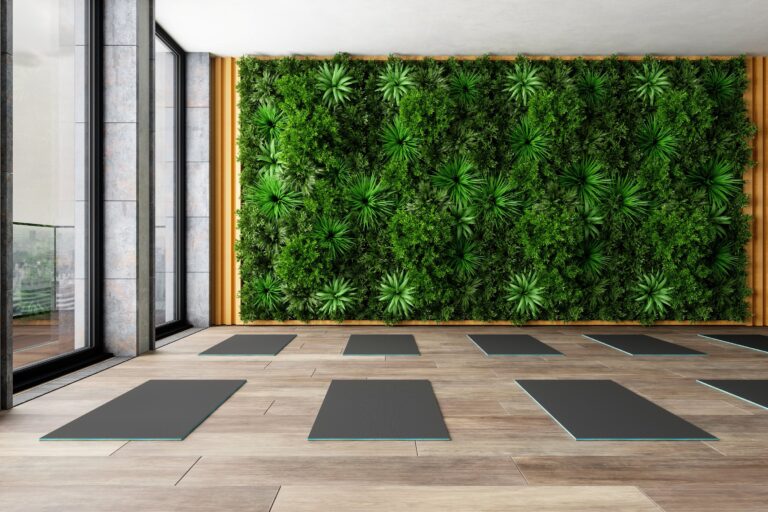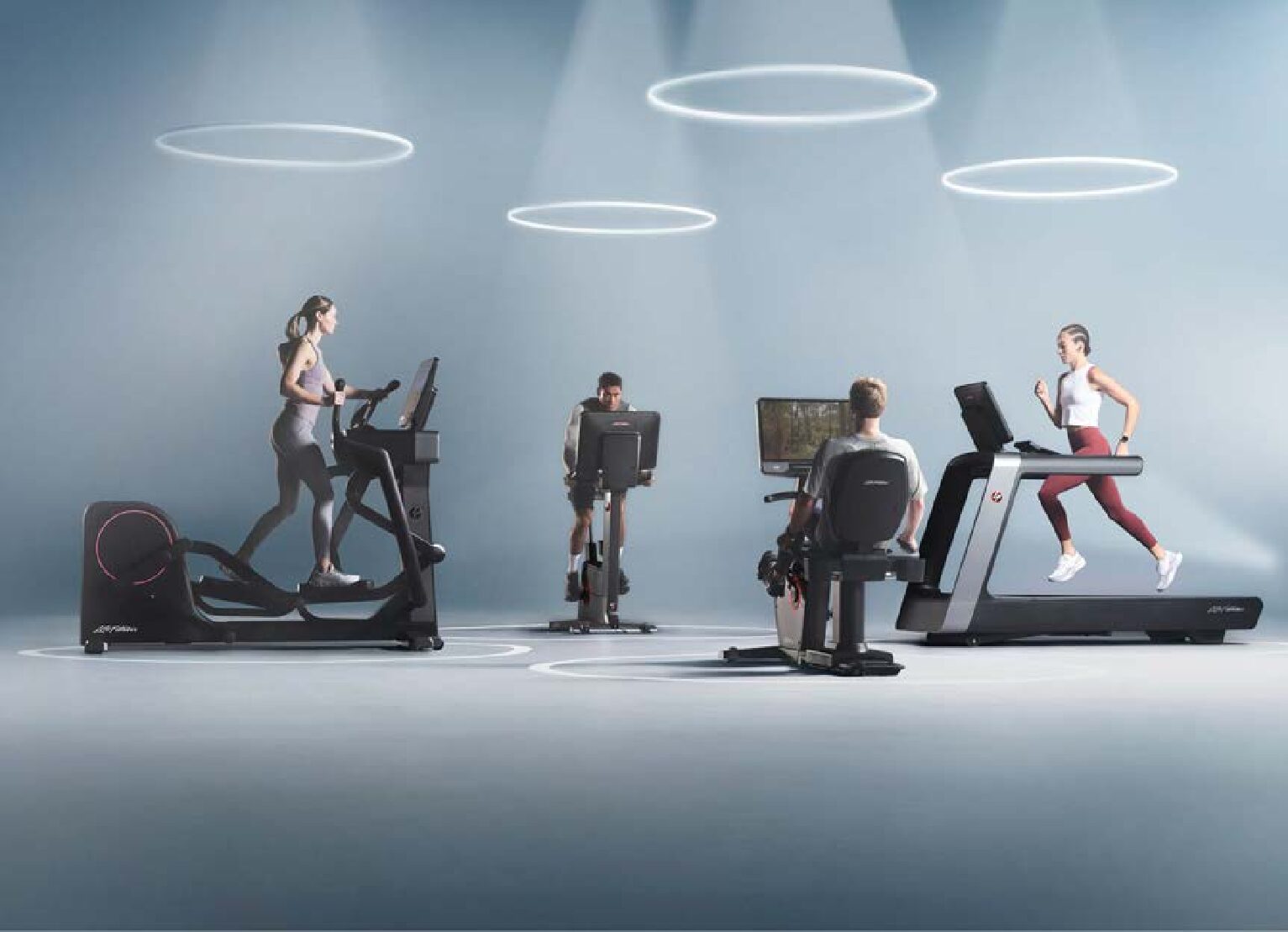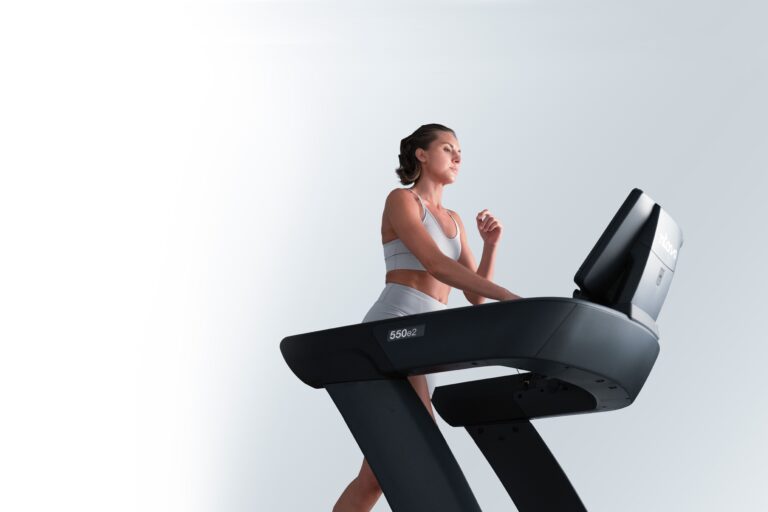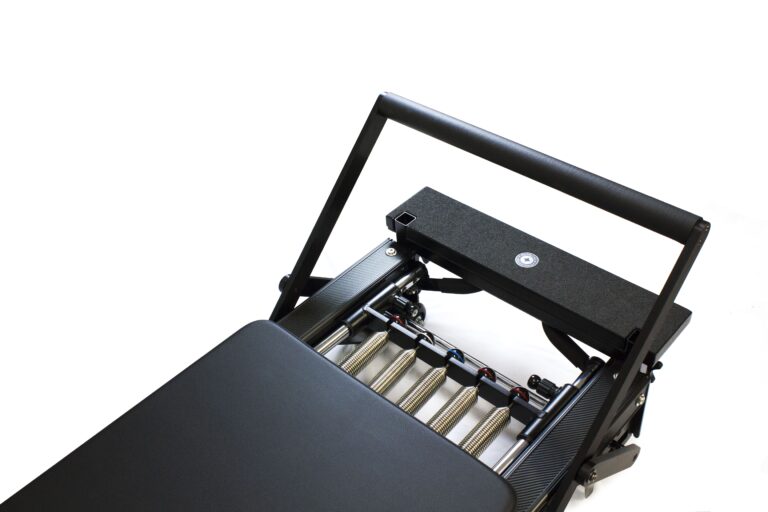Avoiding Common Weightlifting Injuries
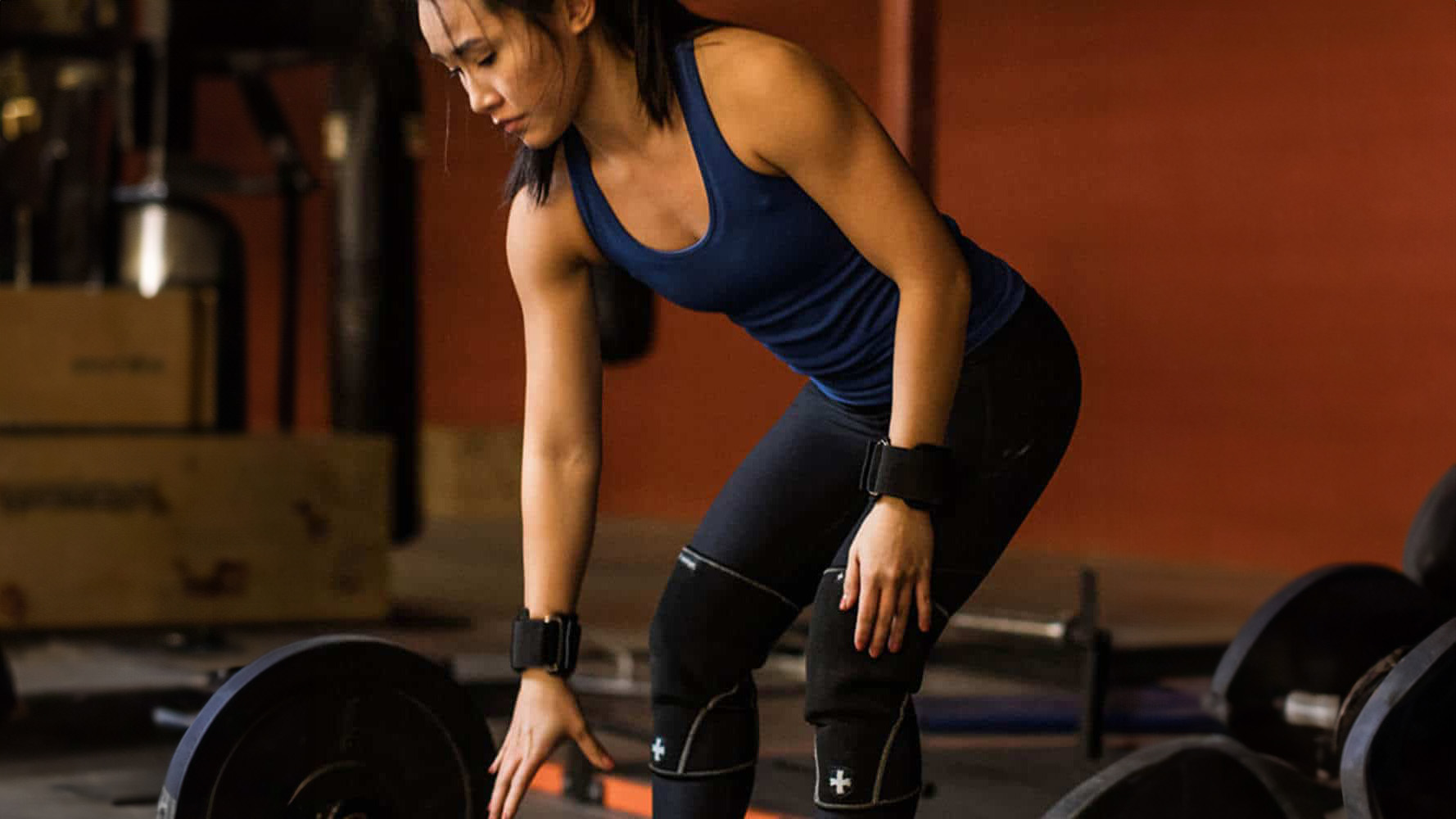
Weightlifting is a fantastic way to build strength, improve muscle tone, and boost overall fitness. However, like any physical activity, it comes with its risks. Injuries are not uncommon in the world of weightlifting, but the good news is that many of them can be prevented with the right approach and gear. Let’s explore some common weightlifting injuries and ways to avoid them. It all starts with using proper techniques and the right equipment!
Understanding Common Weightlifting Injuries:
- Strains and Sprains: These occur when muscles or tendons are stretched beyond their limits, often due to improper form or lifting too much weight.
- Tendonitis: Tendonitis is inflammation of the tendons, often caused by repetitive movements and overuse. It commonly affects the elbows (tennis elbow) and shoulders.
- Lower Back Pain: Poor lifting technique, especially when performing exercises like deadlifts and squats, can strain the muscles and ligaments in the lower back, leading to pain and discomfort.
- Wrist and Elbow Injuries: These injuries can occur due to excessive stress on the wrists and elbows during exercises like bench presses and curls.
Prevention Strategies:
Now that we know what we’re up against, let’s discuss some strategies for preventing these injuries:
- Start with Proper Form: Proper form is crucial for preventing injuries. Focus on maintaining a neutral spine, engaging your core, and using controlled movements throughout each exercise.
- Warm-Up and Cool Down: Always start your workouts with a proper warm-up to prepare your muscles and joints for the work ahead. Similarly, don’t neglect the cooldown phase, which can help prevent stiffness and soreness.
- Gradually Increase Weight: Progression is key in weightlifting, but it’s essential to increase the weight gradually to give your muscles and connective tissues time to adapt.
- Use Weightlifting Gear: Investing in quality weightlifting gear can provide additional support and protection against injuries. Here are some recommended Harbinger products:
- Harbinger Weightlifting Belts: Designed to provide support to your lower back and core during heavy lifts, Harbinger weightlifting belts are essential for maintaining proper spinal alignment and preventing lower back injuries.
- Harbinger Wrist Wraps: Wrist wraps help stabilize your wrists during exercises like bench presses and overhead presses, reducing the risk of strains and sprains.
- Harbinger Gloves: Weightlifting gloves offer essential protection and support for your hands during intense lifting sessions. Having a better grip at all times will reduce your chances of slipping and causing injuries.
By following these injury prevention strategies and using the right gear, you can minimize your risk of common weightlifting injuries and enjoy a safer, more effective workout experience. Remember, consistency and proper technique are key to long-term progress and injury-free training. So, lace up your lifting shoes, strap on your gear, and lift smart. Your body will thank you for it.
Source: https://harbinger.co.nz/2024/05/08/avoiding-common-weightlifting-injuries/




